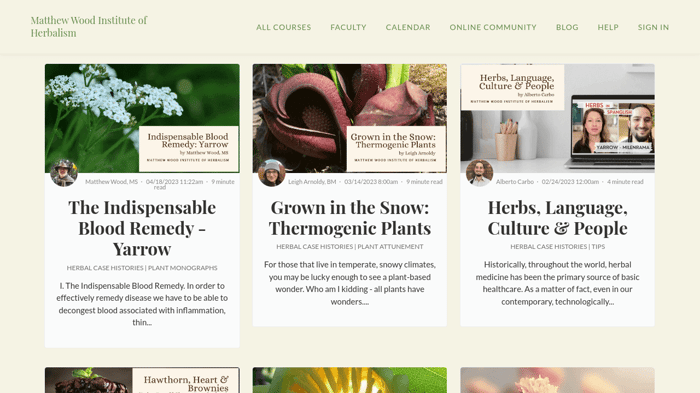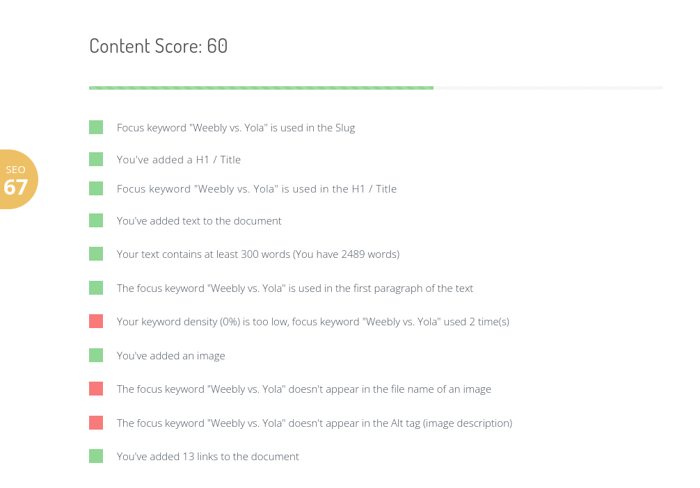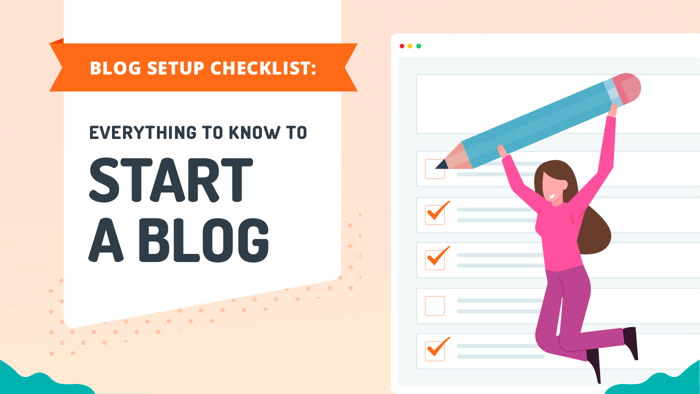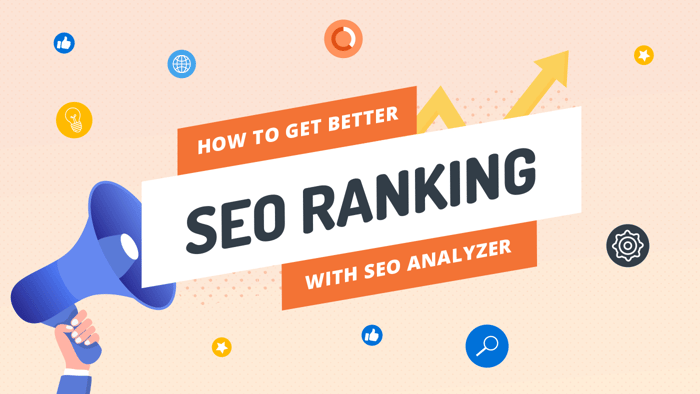There are plenty of warning signs that your blog is in trouble, and doesn't have the elements that make a great blog post, with the main pitfall being that it doesn’t generate organic traffic. Without organic traffic, you can say goodbye to leads or monetizing your blog.
While building a successful blog takes time and effort, there is a recipe for success, and one of the most important ingredients is simply having great posts. To make a great blog post, you need to include certain elements and tick some boxes, so let’s go through those.
Table of Contents
Elements You Need to Create a Must-Read Blog Post
Do Your Research
Before you even start writing, you need to do some research. Who is your target audience? What topics are trending?
If you understand your audience, you’ll have a better understanding of the type of content they want and how to reach them. Moreover, if you blog about topics people are already searching for – this is a surefire approach to success.
The process of researching for a blog undoubtedly includes keyword research. The best keywords to use will fit somewhere in between a high search volume and low competition. Adding long-tail keywords also adds complexity and more focus to your content. Get the keywords right, and you’ll be favored in SERPs.
Craft a Killer Headline
Your headline is the first thing a reader sees. Whether it’s the meta title or the H1 in your content, your headline needs to grab attention like in the following image:

There is a “formula” for creating the best headline, and you’re on the right track if you include:
- A number in your headline: for reasons only known to psychologists, numbers in headlines are up to 73% more likely to engage a reader.
- The right words: do use power words. Power words convey emotion and will give your headline a boost. For example, adding words like “effortless,” “comprehensive,” or “all-inclusive” will give your blog headline the boost you’re looking for.
- The optimal number of characters. There is some conjecture regarding the perfect number of characters, but you want a headline that is somewhere between 60 and 100 characters. Not too long and not too short.
- Your main keyword.
- A question or some intrigue to generate interest.
Make It Easy to Read
The easier your blog post is to read or skim, the longer a visitor will stay on your site. Structuring your blog post in a way that is logical and simple to follow is really crucial. Aim to break up sections with subheadings, use shorter sentences, and add bullet points where possible.
Of course, a blog post that’s easy to read will encourage a visitor to stick around, but your content also needs to keep their attention. Consider using the AIDA model of writing: Attention-Interest-Desire-Action. This model is designed to initially grab attention, hold interest, foster desire, and ultimately encourage the reader to take action.
Science plays a big part in how content is developed, and there’s a certain psychology behind adding a progress indicator to your blog page. This helps a reader know how far through the article they are and often leads them to scroll through the entire article.

Create Helpful or Useful Content
There isn’t a magic number for the optimal blog post length, and while data consistently shows blog posts over 2,000 words rank well, it is more important that the blog is relevant and gets to the point clearly.
Always aim to develop content that is helpful to the reader, assisting them to solve a problem or make a decision. It’s important that you’ve done your research right at the start to understand your readers' motivations and what kind of content they want. It’s also nice to add your own touch and uniqueness by writing from your own voice.
Direct the Reader to a CTA
A quality blog post will inevitably draw the reader in to complete an action – be that joining an email list or making a purchase. Your blog needs to have a distinct call to action and successfully redirect the reader to click on it. A pop-up like in the following image, can be quite useful:

However, be careful with the hard sell approach. This has a way of really deterring readers, even after they’ve scrolled through the entire article. Try to be creative with your CTA wording.
Include Relevant Images
Even though you’re creating written content, images are a must-have. Images serve several purposes for a blog:
- They are visually appealing and help keep the reader engaged.
- They help to break up the page to make it easier to read.
- They’re good for SEO – provided that you include alt text.
Make sure you add good quality images, as any low-resolution or blurry images just look unprofessional, and you risk losing your standing as an expert in your niche. Also, ensure you can legally use the images and that they are not bound by copyright restrictions.
However, it’s important to only include images that add value to your article. Ask yourself, “Does this image explain something or illustrate my topic?” If the answer is no, then don’t add that image.
Good SEO All-Around
You can have great content, but if it’s not optimized for search engines, no one will find it. Around 96.55% of content gets no organic search traffic from Google – that’s a lot of missed opportunities.
In order to maximize your organic search traffic, you need to consider optimizing the content for SEO and your site vitals. SEO-friendly blogs include:
- Optimal keywords
- Backlinks
- Meta title and description
- Alt text with each image
- Social sharing buttons – activity on social media gives you some definite bonus points

In addition to making the content SEO-friendly, your website also needs to perform well. Websites that are slow to load are an immediate red flag to a search engine. In other cases, websites that have a long URL structure or confusing page hierarchy will be difficult to crawl and index, which makes it less likely your pages will rank well.
This is certainly one area where DropInBlog comes in handy. DropInBlog includes a built-in SEO Analyzer that scores your content and provides you with feedback to improve your score. It takes a whole lot of stress out of the process of SEO optimization.
FAQs
How do I use images and other media to enhance my blog post?
Adding images to a blog post is good practice. The key thing is to only add images that directly relate to your content, for example illustrating a process or displaying the product you’re writing about.
It’s also important that you add alt text to each image to help with SEO and correctly label the image files prior to uploading.
How do I improve the skimmability of my blog posts?
Skimmablity is an important aspect of readability. The best blog posts will use shorter sentences, plenty of subheadings, and bullet points to break up the page into readable chunks.
Final Thoughts
It might seem as if creating a great blog post requires a dash of magic, but in reality, that’s far from the truth. All you need to do is consider these elements when developing each blog post and set up your blog correctly.
If you want to really get ahead of the pack, you can check out DropInBlog and take advantage of the free trial. You’ll get all the features and functionality you need to develop professional SEO-optimized content, and it’s easy to integrate with almost any platform. Good luck with your blogging!





